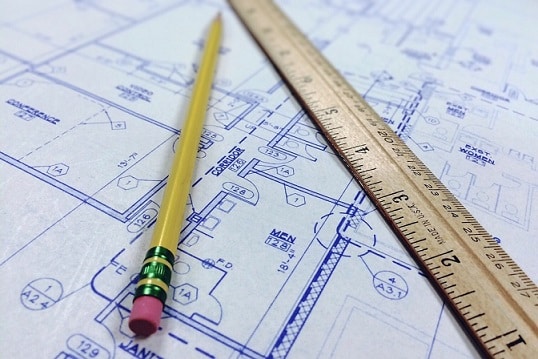 With the threat of rising sea levels from global warming on the horizon, architects are at last starting to respond by welcoming water into cities in innovative ways.
With the threat of rising sea levels from global warming on the horizon, architects are at last starting to respond by welcoming water into cities in innovative ways.
According to urbanism expert and fellow at Harvard Graduate School of Design Tracy Metz, “Architects are going crazy with the idea of a new relationship to water. We are trying to find a way to welcome the water, to bring it in, especially into our cities.”
Metz has spent many years researching and studying architecture and infrastructure strategies that integrate water, and says, “You see that more and more architects are designing for and with water. These strategies bring together all different kinds of design disciplines: urban design, landscape architecture, engineering and architecture.”
A good example of how thoughts and design around water in cities is changing can be seen in the Netherlands, where a vast network of dykes and channels was previously built to keep the water out of the around 25% of the country which lies below sea level.
In Amsterdam, a canal that had been covered over has been turned back into a waterway; a massive ten year project to widen the river running past the city of Nijmegen, which includes an island that can accommodate housing and new public spaces along the river banks has recently been opened.
New Water Squares in Rotterdam temporarily hold rainwater until it can naturally seep back into the sewer or the ground; the sunken areas can be used as public spaces for sports when not filled with water.
The City of Hamburg has created a plaza purpose-built to flood to accommodate the River Elbe’s tidal fluctuations. Seoul has replaced a highway with a stream that runs through the centre of the city’s financial district, and a trend has emerged across the globe for other water-friendly floating architecture. This could be the start of great things that could mean more available, accessible and better managed water resources in the future – let’s hope it continues.
Get a free water cooler trial, water delivery, water cooler and site needs assessment from Living-Water.





